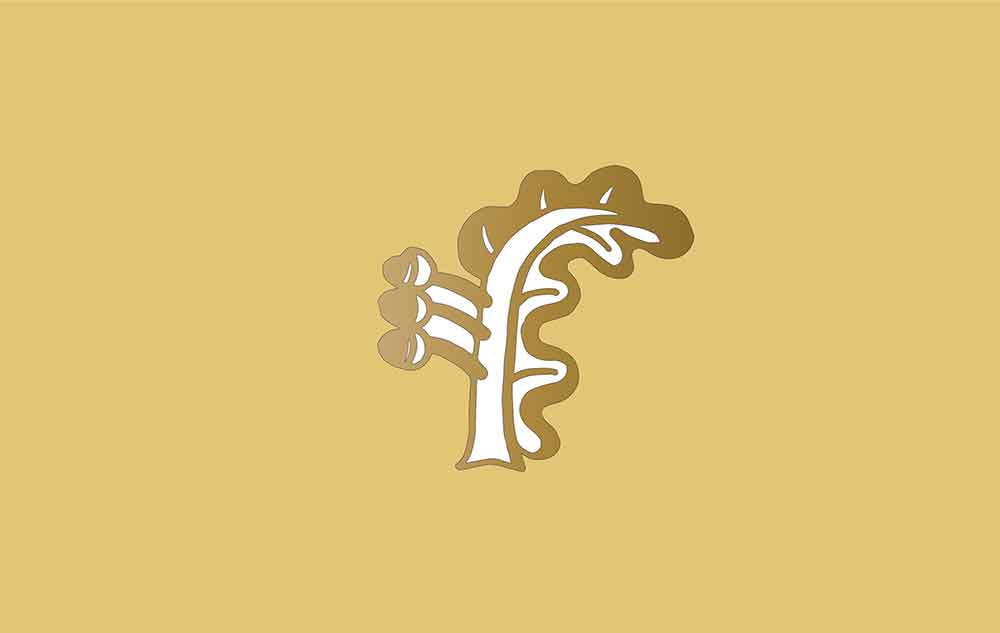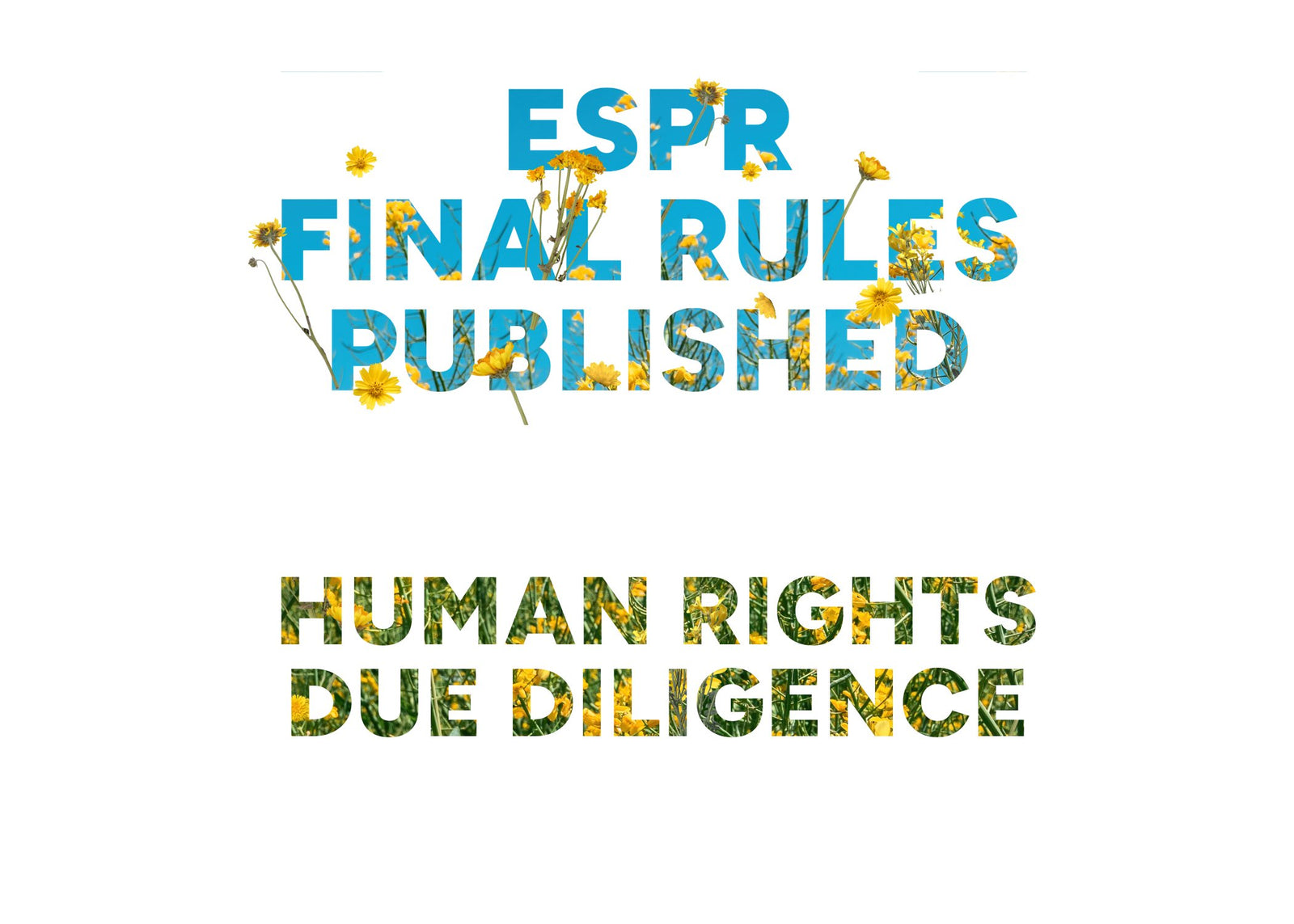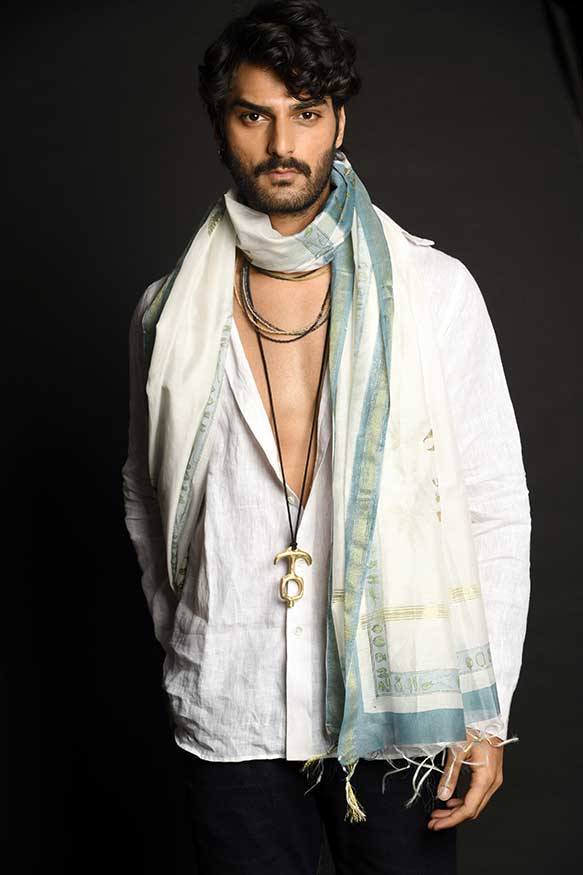THE STERLING CALDER HEADBOARD WAS STILL ON PEGGY GUGGENHEIM'S BED AND THE PAINTINGS WERE, MOSTLY, AS SHE HAD LIVED WITH THEM. ON THE OTHER SIDE OF THE PALAZZO WHERE I STUDIED, ACROSS A SMALL CANAL WAS PALAZZO DARIO, A HAUNTED PALACE FROM THE 1500S BY VENICE’S RENAISSANCE MASTER, JACOBO SANSOVINO. ..
My travel-inspired home is The Republic of Venice. For four months beginning in a freezing January 1982 I studied Venetian art, language and history in La Serenissima—amidst winter’s march into the Veneto's spring. Daily routine sheltered me past Palladian churches, the Galleria dell' Accademia and other art treasure troves. The days were for class and study; weekends for long train rides and the nights for trying on new boho sophistication. And, always, a student's thoughts about the future.
It was my last semester of undergrad, living and studying in a Grand Canal palazzo located in Dorsoduro. On one side was Peggy Guggenheim’s house. (I have a great Peggy-adjacent story, here.) She died in 1979 so the museum that bears her name was much more personal than what visitors see today. The sterling Calder headboard was still on her bed and the paintings were, mostly, as she had lived with them. On the other side of the palazzo where I studied, across a small canal was Palazzo Dario, a haunted house from the 1500s by Venice’s renaissance master, Jacobo Sansovino.
Venice as hegemon was the endpoint of Asia’s Silk Road. Every bit of spice, gold, gemstone and silk came overland to be taxed in Venice before ocean shipment to other European capitals. By 1300 AD stupendous wealth and the technological advantages wealth bought, meant the Venetian navy controlled much of Italy. You can walk across the city in 30 minutes. Yet Venice’s influence and interests extended into the Croatian Adriatic, Greece and Turkey. The Doge Palace's map room has two people-sized globes from which to plot military and commercial strategy. I remember hearing words spoken in local Venetian dialetto that I could swear were Chinese.
This little town of between 50,000 to 190.000 souls commanded an area far beyond what the republic’s physical size should have warranted. Venetian bad-assery meant they protected their intellectual property. Anyone who gave away state secrets about glass, silk or military ways could be put to death. Usually this sort of warrior culture is hopeless about beauty, but Venetians revel in it still.
I may not want to live with Venetian velvet drapes, but I'd sure love a place imbued with Venice's exoticism, connioisseurship, craft and confidence.
ITALY IN 1982
In 1982, Italy felt like a siege state; the kidnap and murder of Prime Minister Aldo Moro was still fresh in the Italian mind. Notoriously schlerotic about change, if you looked you could still see the imprint of WWII in some places. Italy's moody beauty had all the more pathos when tinged with danger.
The Brigate Rosse (Red Brigades) and others on the right and the left still fought dirty in the streets from time to time. Italy's social pact and form of government were still not settled once and for all, so Carabinieri carried machine guns in public places like train stations.
CH-CH-CH-CHANGES
Was I country-comes-to-town? Absolutely. But, Venice's magic was so undeniable that it lifted some of my white-trashiness and made places for better things to come. In that magical interlude between college and life, a foundation for the greatest pleasures of life rose-up to meet me. Granted, self reflection was aided by litres of cheap local wine. I stayed up late often and listened to the two LPs I carried over in my suitcase: Steve Winwood’s Arc of a Diver and Fleetwood Mac, the 1975 White Album. After midnight, Landslide played quietly, over and over as I thought about what my life might be.
DAILY LIFE
I didn't really appreciate Venice's boons to daily life until late in my stay. Our living quarters and classrooms were the old American Embassy, which my school bought when it was decommissioned during the Nixon years. Casa Artom is a handsome 19th century palazzo on the Grand Canal with original terrazzo floors, Venetian mirrors from the kilns of Murano, a mature garden, canal views and ugly dorm furniture.
Once a week we food shopped at the mesmerizing Rialto market. There, I chose pomello-like grapefruit from Israel, spinach by the kilo and wine from nearby farms on Sant’ Erasmo. There was always the thrill of seeing every freaky thing fished from the Adriatic deep, displayed with flair and piled high on ice.
There was a pasta shop that specialized in tortellini. Whenever I walked by, the proprietress and her children sat near the window filling, twisting and pinching the tortellini dumplings. Child labor aside, the enterprise had a Hopper-esque melancholy. Looking back I think I just seeing Venice in the midst of change from a living city into the museum it is today.
Early mornings old guys were already parked on stools at the cafe drinking espresso with grappa. The alternative was a DIY classic aluminum stovetop espresso maker. Most mornings, I walked six blocks to the bakery for warm pane dolce. Next door there was sweet mascarpone and blood oranges to eat with the yeasty, sweet buns.
During acqua alta, which is Venice’s seasonal high water, the Venetian government puts out what can only be described as slender folding tables. Everyone walks on them at full moons and other tidal highs. Sometimes I jogged; my gait rang those tables louder than church bells. The Italian stink-eye letting me know the horror with which they regarded my preferred form of exercise. My running shorts? Even more so. Sarebbe brutto!
Last time I saw Venice, many of the artisan food vendors were gone from Dorsoduro, replaced by souvenir shops. Now, most workers come from Mestre or the Veneto beyond because few Venetians can afford to live in town anymore.
THE ITALIAN STINK-EYE LETTING ME KNOW THE HORROR WITH WHICH THEY REGARDED MY PREFERRED FORM OF EXERCISE. MY RUNNING SHORTS? EVEN MORE SO.
VENETIAN RITUALS
Daily Venetian life had rituals. I acquired a fine one, which is a hazelnut and chocolate gelato revelation called gianduja. To get some, one joined the stately Venetian passeggiata that commenced in my neighborhood on the broad Fondamenta Zattere Ai Saloni around 5:30 PM. Destination? Gelateria Nico, which seemed old school even back then. But, it is still there dishing out dense, creamy, life-giving gelato.
Sure, home has other touchstones for me now. California. Shanghai. Delhi. Geneva. A lake out back of my family’s Florida home. A weekend place at New Smyrna Beach. A fishing shack on the St. John’s river. Summers camping in Appalachian national parks. But, nothing prepares you for the glittery Orientalism and shimmery light of Venice—a place so saturated in fragrant otherness that it could not exist anywhere else. Even now, I wonder how the human mind could imagine some place so singular and strange (in the best possible ways). It was all too, too much and caused in me the condition of curiosity, a sensation I came to crave.
At a time in my life where everything was changing, Venice was my catalyst and witness. From those few months I know, without a doubt, that everything in your life gets better from the moment you decide to go somewhere.
When you get to Venice, and I really hope you will be lucky enough to go, on the main vaporetto route you can watch canal waves splash onto Robert Browning’s words carved into the foundation of a building where he stayed:
Open my heart and you will see
Graved inside it Italy.






